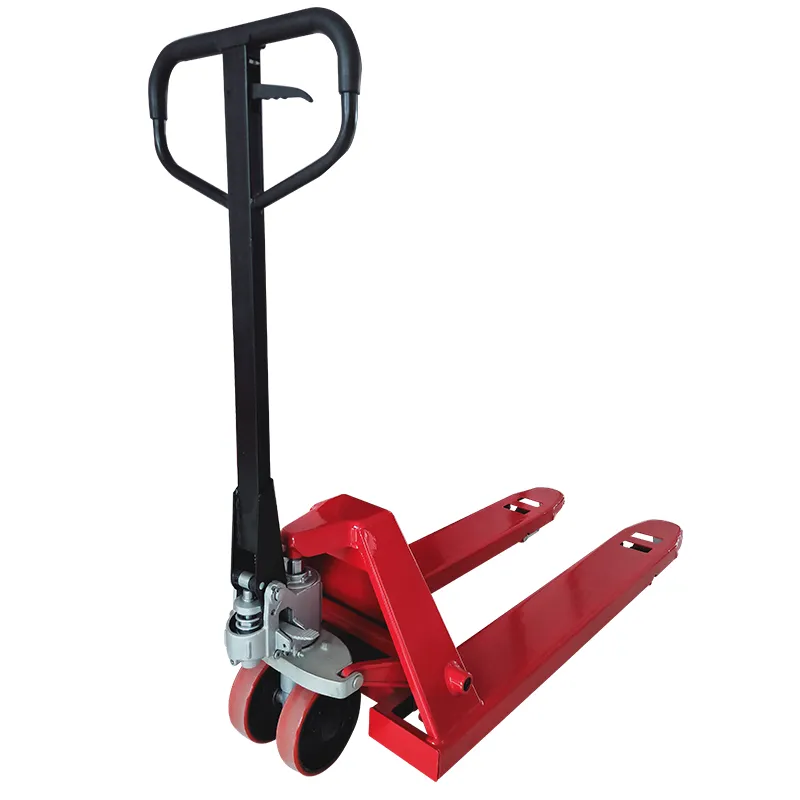


Understanding Chain Hoist Prices Factors and Considerations
When it comes to material handling and lifting equipment, chain hoists are among the most commonly used tools in various industries, including construction, manufacturing, and logistics. The price of a chain hoist can vary significantly based on several factors, from type and capacity to brand and additional features. In this article, we will explore these factors to provide a comprehensive understanding of chain hoist prices.
Types of Chain Hoists
One of the primary determinants of a chain hoist's price is its type. There are generally two main types of chain hoists manual and electric.
1. Manual Chain Hoists These hoists operate through a hand-crank mechanism, allowing operators to lift loads without the need for electricity. They tend to be less expensive than their electric counterparts, making them an attractive option for smaller jobs or occasional use. Prices for manual chain hoists can range from $50 to $500 depending on load capacity and quality.
2. Electric Chain Hoists These are powered by electricity and are capable of lifting heavier loads with less effort. Due to their convenience and efficiency, electric chain hoists are more expensive, with prices typically ranging from $500 to over $3,000. High-capacity models or those with advanced features can even exceed this price range.
Load Capacity
The lifting capacity of a chain hoist directly influences its price. Chain hoists are available in a variety of load capacities, commonly ranging from 1 ton to over 20 tons. Higher capacity hoists require more robust materials and construction, which adds to the overall cost. When selecting a hoist, it's essential to choose a model that can comfortably handle the weight of the loads you intend to lift, as underestimating capacity can lead to safety hazards and equipment failure.
Brand Influence
Just like with many other types of equipment, the brand of the chain hoist can also significantly affect its price. Established and reputable brands often charge a premium due to their engineering quality, reliability, and customer service. Well-known manufacturers might have hoists advertised at higher prices, but they usually come with warranties, better safety features, and support.

Additional Features
Many modern chain hoists come with a variety of features to enhance performance and safety, all of which can affect the price. Some of the additional options include
- Remote Control Electric chain hoists can often be equipped with remote control systems, allowing operators to control lifting from a distance, which enhances safety and convenience.
- Variable Speed Control This feature allows users to adjust the speed of lifting, making it easier to handle delicate items or adjust to specific job requirements.
- Safety Features Overload protection, chain limit switches, and emergency stops are safety features that can increase the price but are crucial for safe operation.
Maintenance and Lifespan
It's also worth considering the long-term costs associated with chain hoists, including maintenance and potential replacement. While a lower initial cost may be appealing, investing in a high-quality hoist can lead to savings down the line due to reduced need for repairs and longer lifespan. Regular maintenance is essential to ensure safety and operational efficiency, and this is another cost that can influence the overall price when budgeting for a chain hoist.
Conclusion
In summary, the price of a chain hoist is influenced by several key factors, including the type of hoist, load capacity, brand reputation, additional features, and maintenance considerations. When shopping for a chain hoist, it's important to evaluate your specific needs and budget while considering both initial and long-term costs. Investing in the right equipment not only enhances operational efficiency but also ensures the safety and efficacy of your lifting operations. Whether you opt for a manual or electric model, understanding these factors can help you make an informed purchase that meets both your operational needs and budget constraints.



